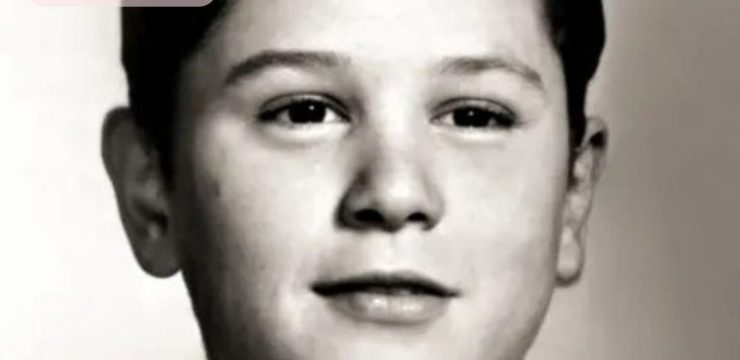There’s something undeniably magical about stumbling across an unedited moment in an old television show—one that transports you back to a time when entertainment was simpler, warmer, and, perhaps most importantly, more genuine. For countless Americans, particularly those who grew up in the late 1960s through the 1980s, one show that captured this feeling better than any other was Hee Haw. The article titled “This Unedited Scene Holds a Hidden Surprise: If You Spot It, You Had a Legendary Childhood!” taps into this deeply rooted nostalgia and celebrates a show that, despite its rustic charm and cornball humor, created lasting memories for generations.
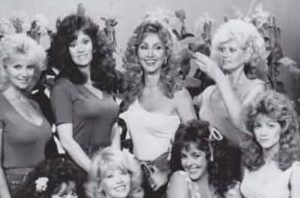
Hee Haw wasn’t just a TV show—it was a cultural touchstone. From its first broadcast in 1969, it struck a unique chord with viewers who found something special in its offbeat blend of country music, rural comedy, and a style that proudly ignored the glitz and polish of Hollywood. The show’s unedited and unscripted feel wasn’t a bug—it was a feature. That natural imperfection became one of its greatest strengths, making it more authentic and endearing to those who watched it religiously every week.
The article brings attention to a particular unedited scene, described as a “hidden surprise.” And while the mystery of spotting the surprise is half the fun, the real treasure lies in recognizing what that moment symbolizes: the joy of growing up in an era when TV didn’t need high-budget CGI or complex plot twists to hold your attention. Instead, a little humor, a familiar banjo strum, and a knowing wink from Roy Clark or Buck Owens were enough to keep you glued to the screen.
To understand why Hee Haw has such a powerful emotional pull, one has to consider the era in which it aired. The late ’60s and ’70s were times of tremendous change in America. With the nation grappling with political turmoil, the Vietnam War, and a rapidly evolving cultural landscape, many Americans longed for something that felt stable, familiar, and reflective of their everyday lives. Hee Haw, with its hay bales, overalls, and rural one-liners, provided just that—a humorous and heartfelt refuge from the chaos outside.
Its iconic segments like “Kornfield Jokes,” where the cast popped out from behind rows of corn to deliver rapid-fire puns and gags, became instant fan favorites. These corny jokes, intentionally silly and often groan-worthy, resonated because they didn’t try to be anything other than what they were—lighthearted fun meant to make you smile. And smile people did. For many, the jokes weren’t just punchlines; they were reminders of their grandparents’ sense of humor, the kind you’d hear around a kitchen table or a backyard barbecue on a summer night.
Another memorable segment was “Gloom, Despair, and Agony on Me,” a recurring bit where cast members sat around bemoaning their comically exaggerated misfortunes, breaking into a sorrowful country tune that somehow always ended in laughter. This self-deprecating humor, delivered with twangs of irony, tapped into a shared American experience—laughing through life’s hardships. It allowed viewers to see that even when things seemed bleak, there was always room for a joke, always a way to find joy amidst the gloom.
And then there were the hosts—Buck Owens and Roy Clark. More than just musical legends, these two men were the soul of Hee Haw. Their chemistry was undeniable, their timing impeccable. Buck brought a steady, cool demeanor while Roy injected bursts of energy and charm with his wide grin and virtuoso guitar and banjo playing. Together, they anchored the show with warmth and sincerity. They weren’t trying to be polished performers; they were just being themselves—and that authenticity endeared them to millions.
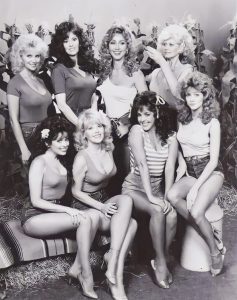
Beyond the laughter and songs, Hee Haw had a way of bringing people together. Families would gather around the TV each week, eager for another round of music and mayhem. It became a shared ritual, a time when the outside world could wait and all that mattered was the half-hour spent in the fictional town of Kornfield Kounty. This sense of community, even if only through a television screen, is what made Hee Haw so special.
The article rightly emphasizes that the show’s genuine, unpolished atmosphere is what continues to resonate with audiences decades later. In an age where reality TV is anything but real, and social media filters can turn everyday life into something unrecognizable, there’s a yearning for something more grounded. Hee Haw provides that—a reminder of when television was created with heart, humor, and a clear understanding of its audience.
It’s also important to consider Hee Haw‘s broader impact on American culture. At a time when rural voices were often marginalized in mainstream media, the show gave them a stage. It celebrated country living without parodying it, embracing traditions, values, and music that might otherwise have been overlooked. This cultural inclusivity—though framed in overalls and punchlines—was quietly revolutionary.
Country legends like Loretta Lynn, Johnny Cash, and Dolly Parton graced the stage, blending seamlessly into the comedic chaos. Their appearances weren’t just performances; they were acknowledgments that this little show with the haystack set had earned its place in American entertainment. For many rising artists, a guest spot on Hee Haw was a badge of honor, a sign they’d made it into the hearts of everyday Americans.
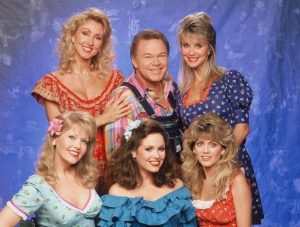
But perhaps one of the most striking aspects of Hee Haw—and one that the article captures beautifully—is its refusal to conform. At a time when slick urban sitcoms and variety shows dominated the airwaves, Hee Haw stuck to its roots. Critics often dismissed it as lowbrow or outdated, but that never mattered to its fans. What mattered was that the show felt like home. And in its refusal to change, it remained remarkably consistent—reliable, even—as the world around it grew more unpredictable.
There’s a reason why people light up when talking about Hee Haw today. It’s not just about the jokes or the music—it’s about how the show made them feel. It reminds them of their parents or grandparents, of Saturday evenings with family, of times when life seemed just a little less complicated. And for many, spotting that “unedited scene” mentioned in the article is like finding an old photograph tucked into the pages of a childhood scrapbook. It’s a moment frozen in time, untouched by the digital age, rich with the kind of emotional authenticity that modern content so often lacks.
What makes that moment so powerful isn’t necessarily what happens on screen. It’s the recognition—the understanding that what you’re watching isn’t just entertainment. It’s history. It’s culture. It’s a piece of who you are. That kind of impact can’t be scripted. It can’t be reproduced with special effects or high-definition cameras. It happens when creators trust their instincts, speak to their audience sincerely, and let the imperfect moments shine through.
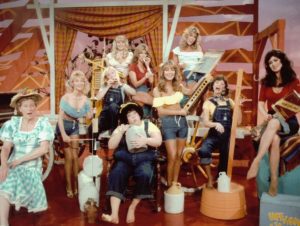
And that, ultimately, is Hee Haw’s lasting legacy. It wasn’t perfect, but it was perfectly sincere. It didn’t try to reinvent television—it simply offered a window into a world where jokes were simple, songs were heartfelt, and every viewer felt like part of the family. In an era dominated by fast content and fleeting trends, it stands as a monument to slower, more meaningful storytelling.
For those who grew up with Hee Haw, the show remains a beloved relic. For newer generations discovering it for the first time, it’s a fascinating look into a form of entertainment that valued connection over spectacle. And for all of us, it’s a reminder that sometimes the most valuable things in life are the ones that are left a little unpolished.
So, if you happen to spot that hidden moment in the old footage—whether it’s a flubbed line, a spontaneous laugh, or just a look between cast members that says more than any script ever could—consider yourself lucky. You’re not just witnessing a blooper. You’re tapping into a living memory, a piece of American cultural fabric that still has the power to bring us together, one silly joke at a time.
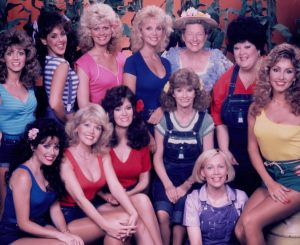
In the end, that’s what makes Hee Haw legendary. It’s not about the production values or the ratings—it’s about the heart. It’s about honoring the people and places that built this country’s character and giving them a voice on national television. It’s about laughter that echoes across generations and music that still feels fresh decades later.
The article “This Unedited Scene Holds a Hidden Surprise: If You Spot It, You Had a Legendary Childhood!” does more than highlight a quirky moment on an old TV show—it celebrates the spirit of Hee Haw and the timeless joy it brought into American homes. In doing so, it reminds us all of what we lose when we forget to slow down and appreciate the simple things. The laughter. The music. The cornfields. And, of course, the unforgettable charm of a show that dared to be exactly what it was: honest, homespun, and utterly unforgettable.

